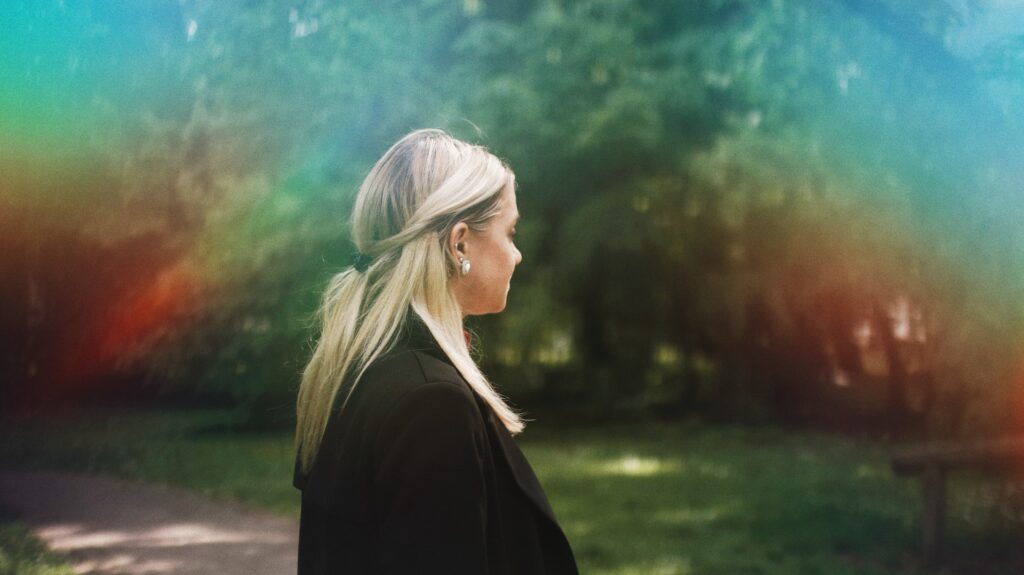
What happens after a disaster has swept through an area, the thoughts and prayers have been offered up, and the news crews have packed up and gone?
Certainly, it’s not terribly glamorous once the actual event is over. The damage remains, but with a smaller audience and less attention. Everyone who’s left still needs to finish cleaning up and putting their homes and lives back together. It’s hard work and it can be lonely. Nobody is left to cheer on the rescuers and rebuilders, and support is thin on the ground. There might be some dedicated folks offering a hand here and there, but mostly it’s just the folks who still call that place home, doing what they can. It can be years before recovery and sometimes it’s never quite complete. Life goes on and even starts looking normal, but the changes and scars remain, and are remembered for years to come. Sometimes the renewed structures are better than before, and there’s a local pride in surviving, even thriving. But sometimes, too many people have left, the help and resources aren’t enough, and the place struggles along to a slow death.
It’s a lot like what happens when there’s a personal tragedy: an initial outpouring of support, slowly tapering off until only the best of friends keep checking in, and leaving the sufferer to work through healing yourself and restoring your life. Sometimes folks end up in a slow slide towards crippling mental health disorders, addiction, self-destructive behaviors, even suicide. And other times, they emerge as stronger versions of themselves, with greater compassion for others and even new missions in life as they work to become part of the support available to others who have gone through the same experiences. Either way, it’s hard to continue on after that disaster, and mostly, you do what you can, as much as you can. You may spend years on the effort and even after you think everything is all patched up, you might find a hidden stress point that needs its own fix.
What does it mean for us, as people who may face natural and man-made disasters, to ourselves and our communities?
One, it reminds us that the actual event isn’t the end. It’s only an event, and one that is followed by a time of reconstruction that can last for far longer than anyone can predict and be fraught with its own traumas.
Two, it tells us that no matter how devastating, we can survive and even triumph in the long run. Maybe we won’t and that happens, but others have and so can we.
Three, it exhorts us to continue to be present for others who experience similar events. Day one support is important, but what about year one? Decade one?
Four, it shows us that scars will remain even after healing is complete. That’s neither good nor bad, it just is and we should be compassionate about their existence.
And fifth….fifth, you tell me.




